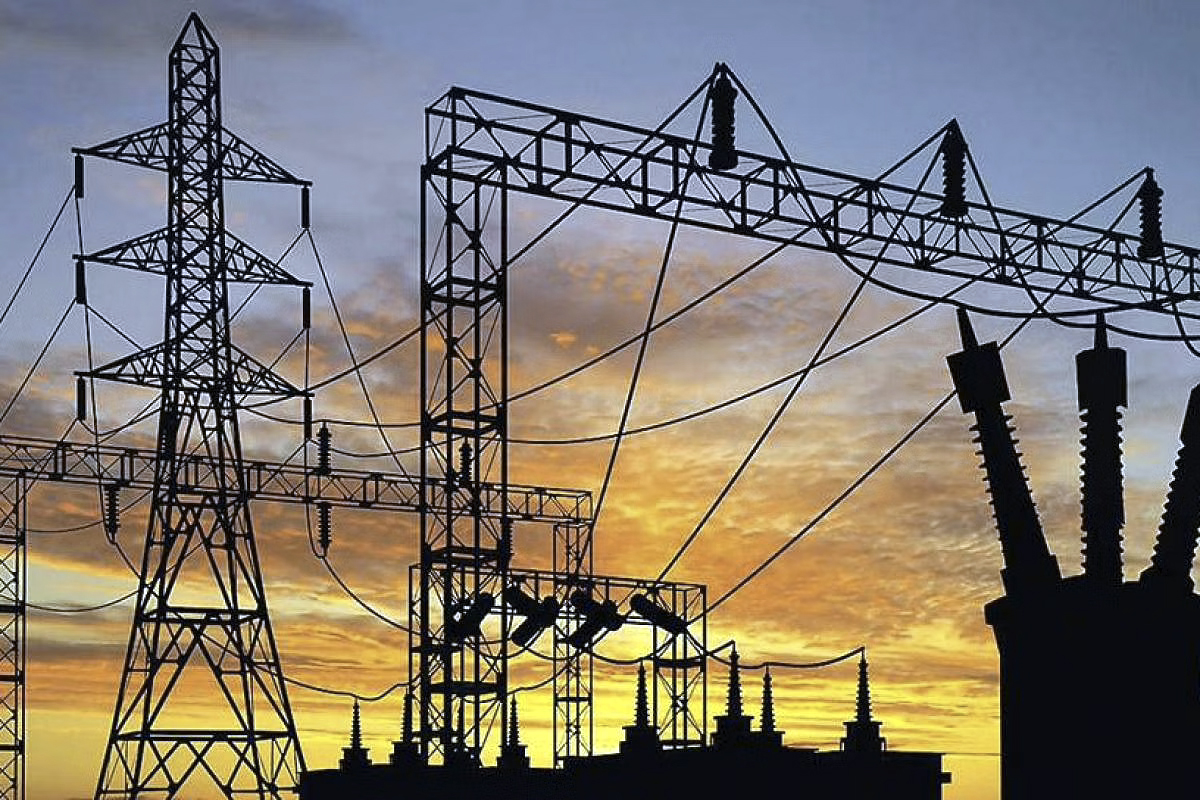System-strengthening projects for the transmission sector and production expansion under the power sector in Jammu and Kashmir is receiving an investment of Rs 7500 crore, according to the central government’s document.
“J&K currently has the capacity to harness about 3500 MW of hydropower, and five other projects that are being implemented are expected to provide an additional 4870 MW,” the document reads. “The transmission sector in J&K has gained 875 MVA of transformation capacity at the 132 KV level and 1000 MVA of transformation capacity at the 220 KV level. Six 220/132 KV grid stations have also been created or upgraded.”
It states that 5742 new distribution transformers have been erected, and 190 receiving stations with a capacity of 33/11 KV built or augmented.
The report states that 10 projects that had been delayed or left unfinished for nearly 10 years have now been revived and finished.
Further, electric grid power has been extended to the remotest hamlets of Petgam, Bungam, Chenab, Dindoo, and Watsar in hilly areas of Chatroo, Doda with the laying of 17 km of HT line and installing 4 distribution transformers.
Regarding the 100 percent smart prepaid meters, the official document read that about 2 lakh meters were installed by March 2022 while 8 lakh meters (cumulative) would be installed by March 2023.
The J&K government has set a goal to double power generation in the next three years for the development of power projects with the intention of making J&K a hydropower generation surplus.
According to an official document, J&K plans to increase its current hydropower generation capacity of 3500 MW over the next three years.
In this regard, five mega hydropower projects – Ratle (824 MW), Kirthai-II (930 MW), Sawalakote (1856 MW), Dulhasti-Stage II (258 MW), and Uri-I Stage-II (240 MW) – with a combined capacity of 4134 MW have been accepted for execution in cooperation with NHPC. These projects are expected to cost Rs 34,882 crore, and when completed, J&K would have an excess of power.
According to the official document of the J&K government, delays in project implementation have been eliminated and their pace has accelerated.
“Joint ventures are used to create ongoing HEPs, such as Kiru (624 MW), Kawar (540 MW), and Pakaldul (1000 MW). Major civil and electro-mechanical construction on these projects will be finished by 2022–2023,” it states.
The estimated 20,000 MW of hydropower potential in J&K has only been utilised to the tune of roughly 16 percent, despite the fact that the demand for energy has been constantly increasing and widening the supply-demand mismatch.
“To solve the current electricity shortage in J&K, the government has started a large-scale capacity augmentation effort. In the previous 70 years, J&K had only been able to generate 3500 MW of electricity, but in the upcoming three and a half years, the capacity of the J&K’s power generation is expected to double,” a senior Power Development Department official said.

